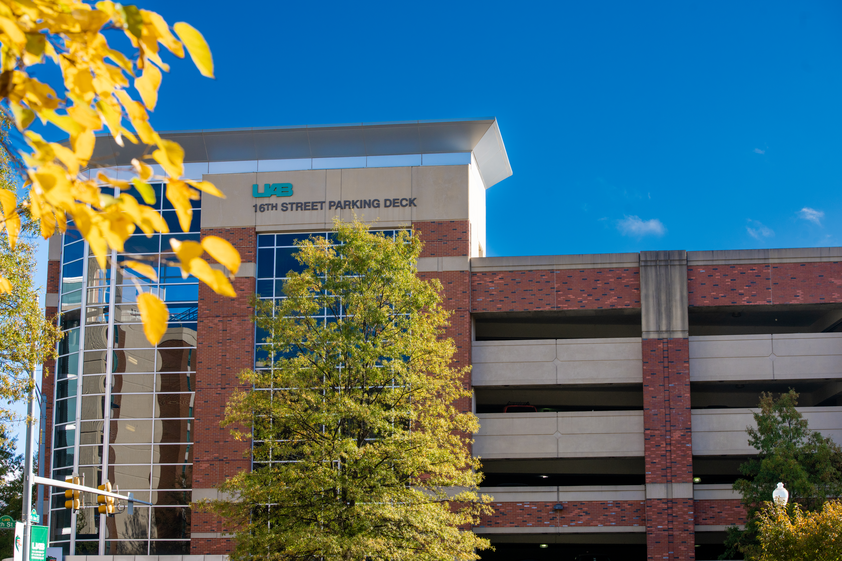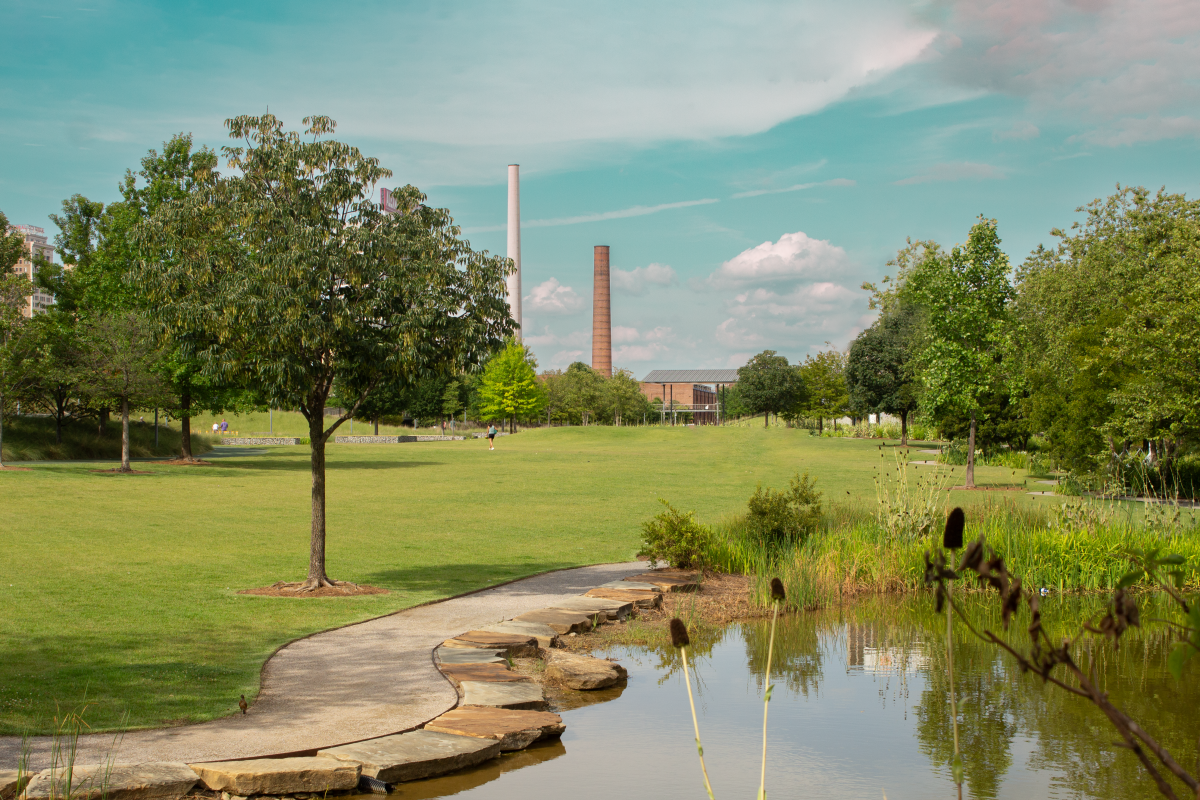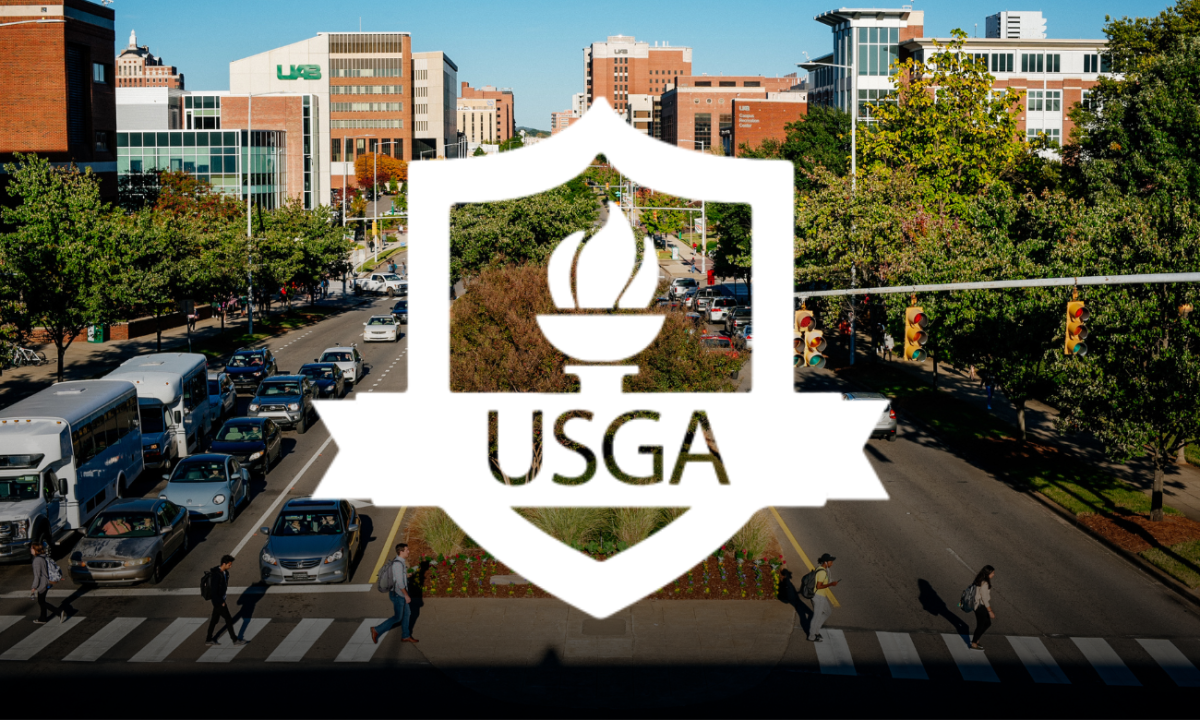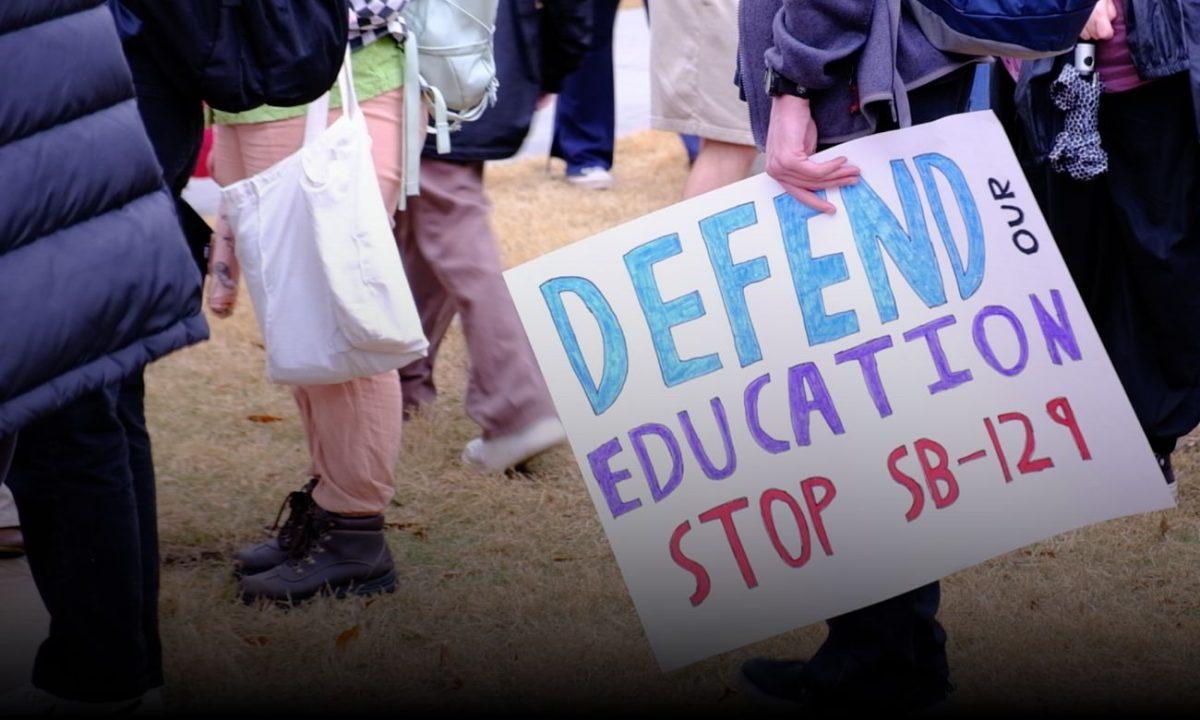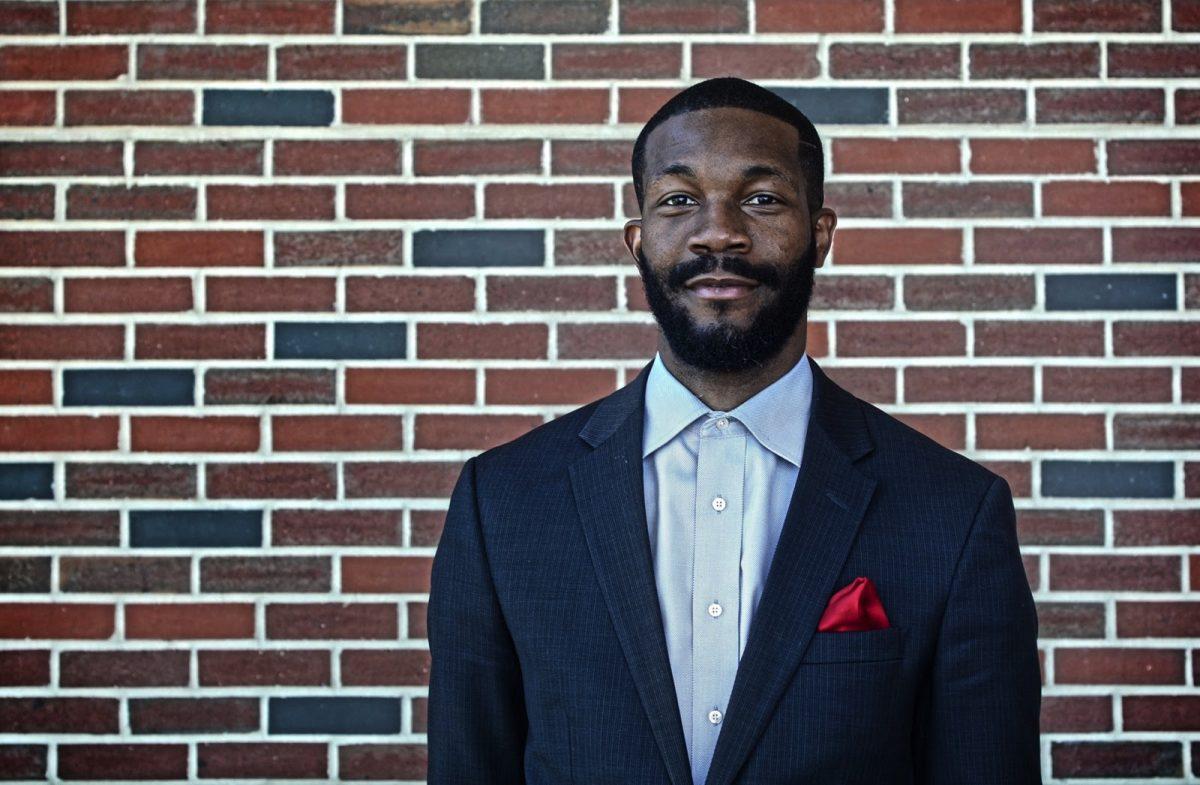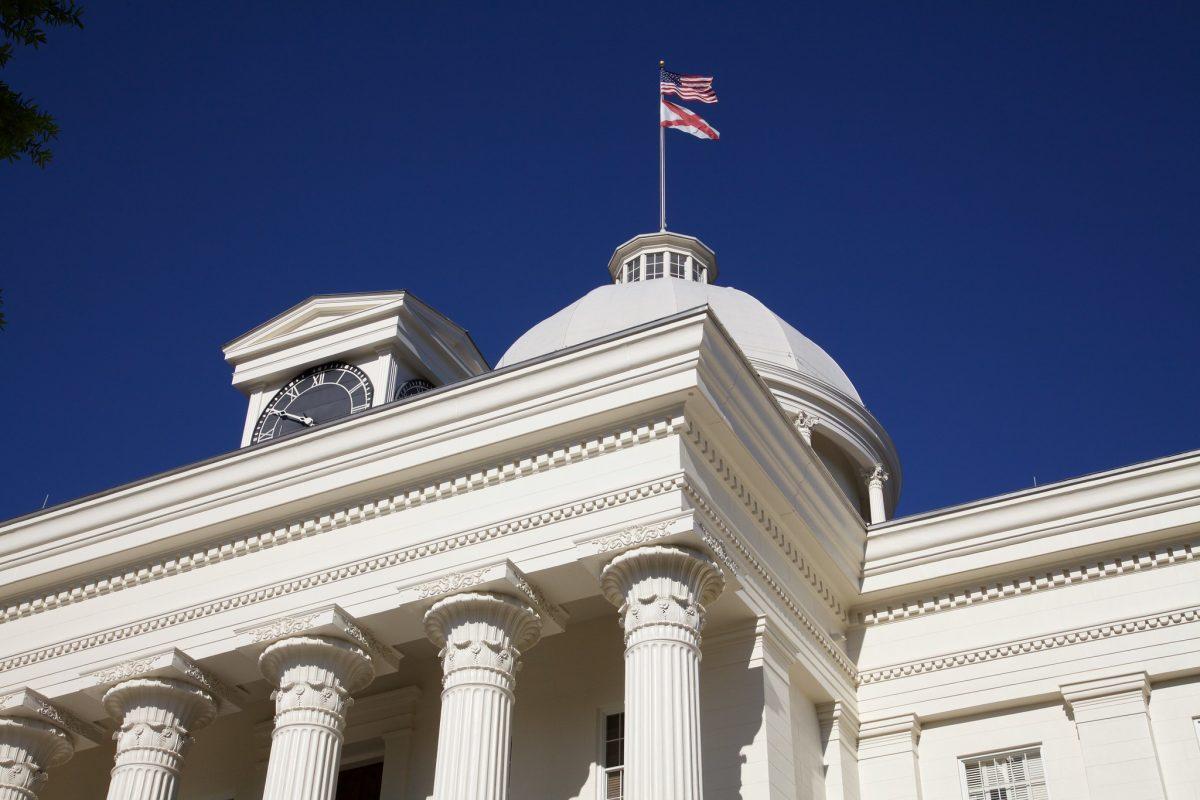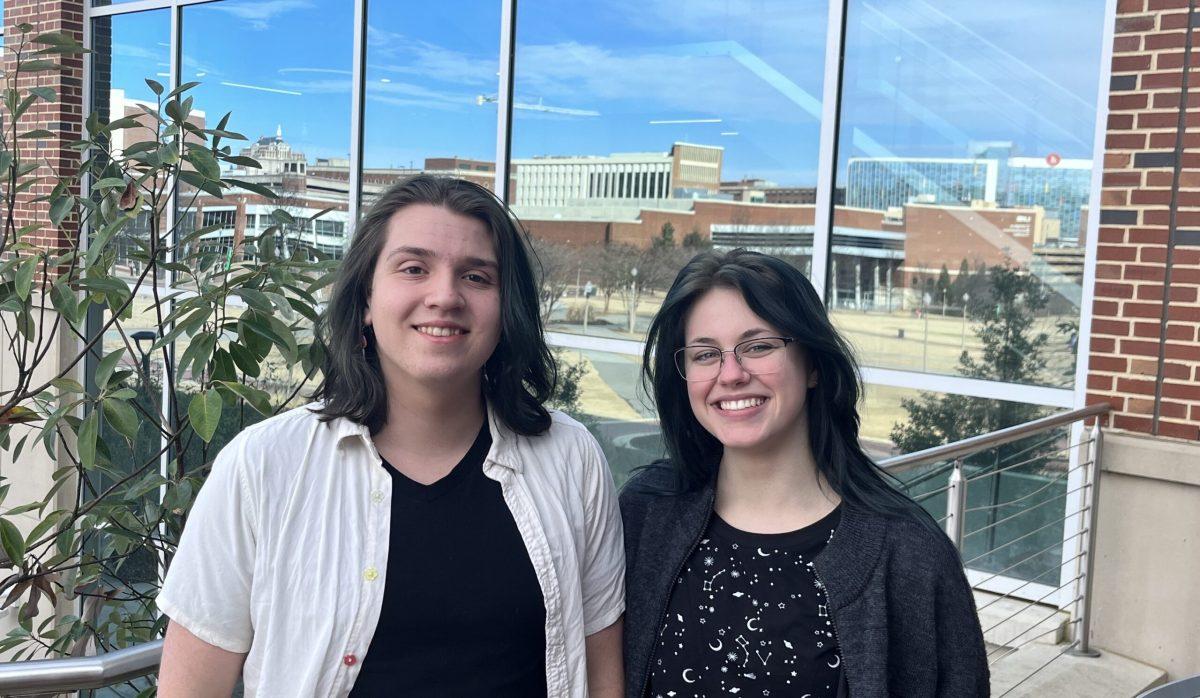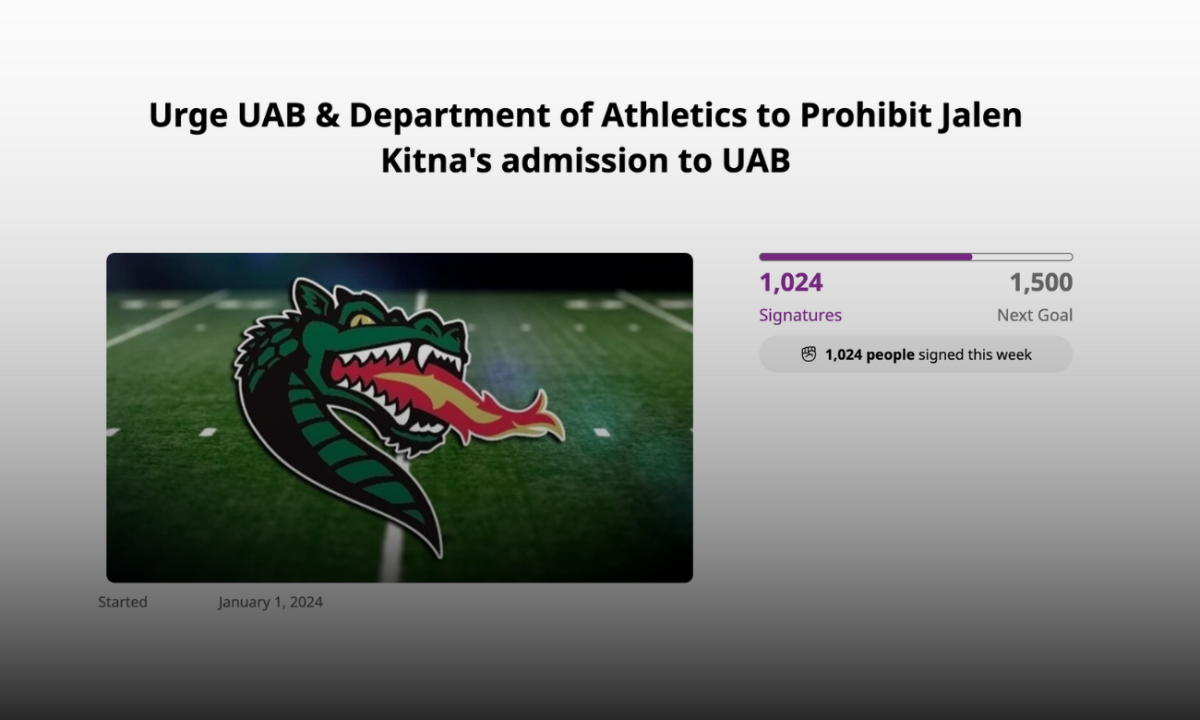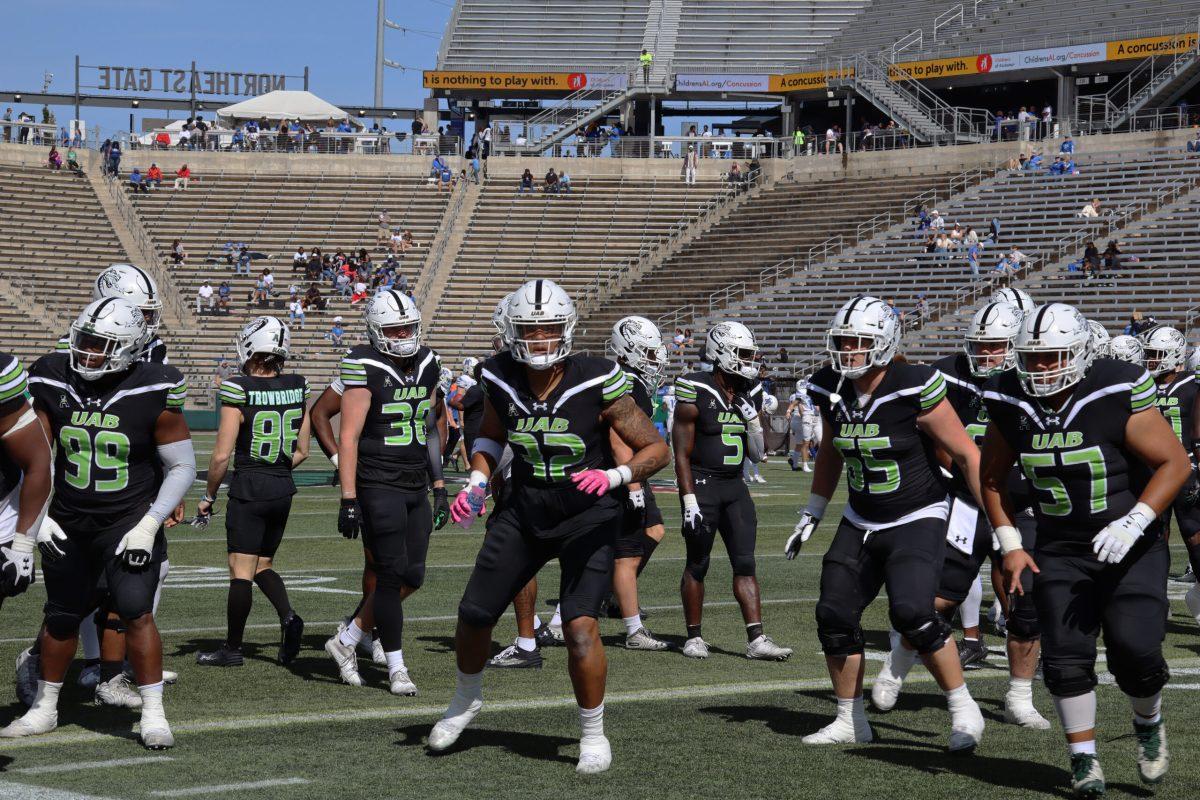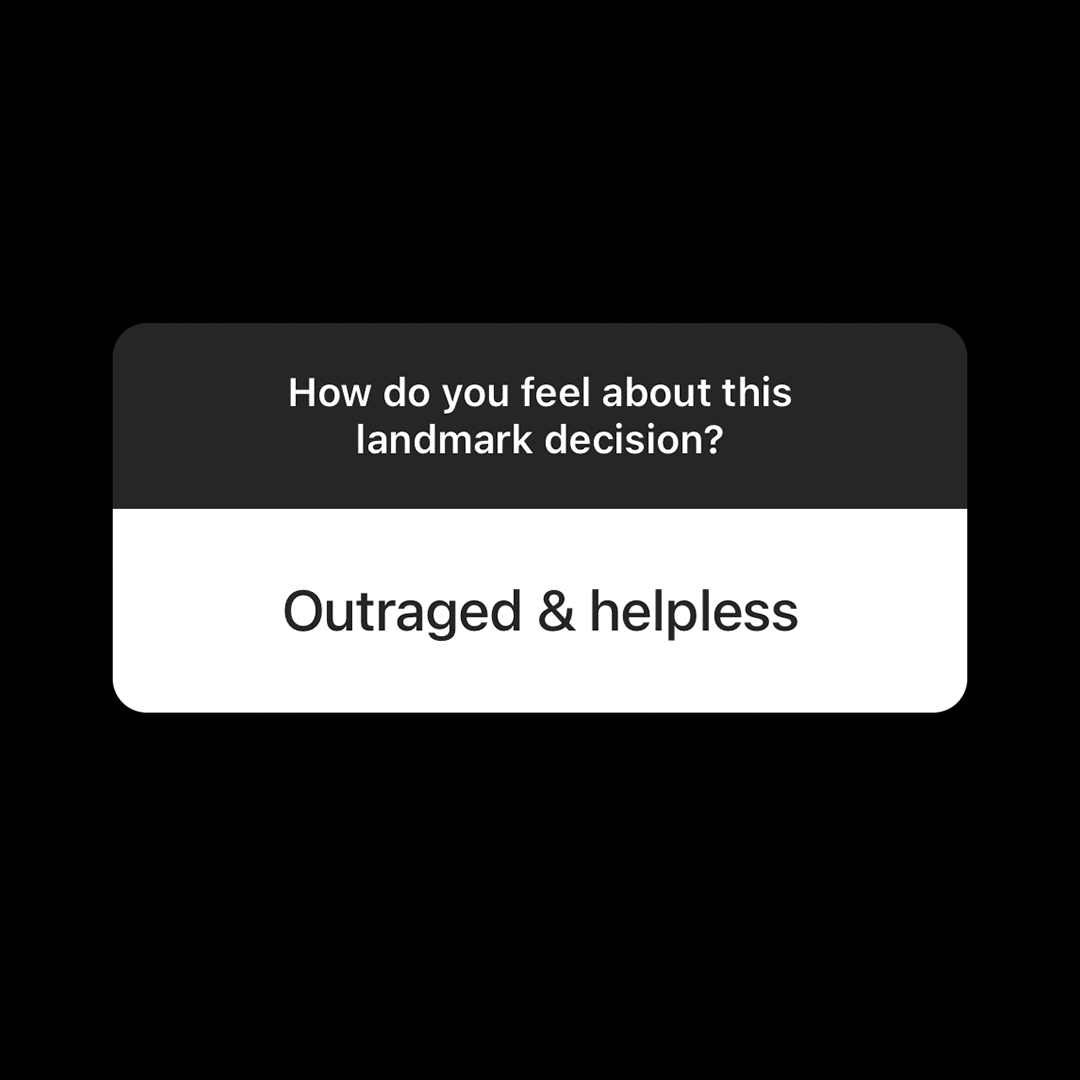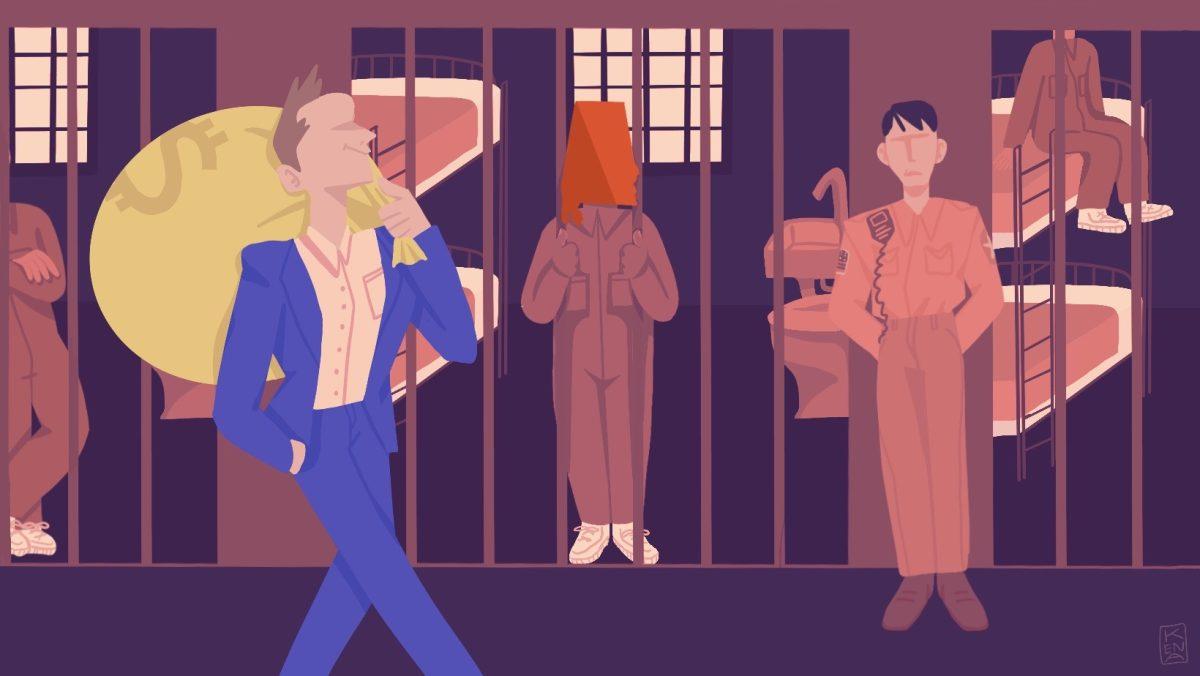For the week of Oct. 10, Alabama is second worst in the rate of COVID-19 related deaths in the nation — and the state also falls in the bottom ten with one of the lowest vaccination rates in the country.
Still, it appears state legislators can’t find anything better to spend federal COVID-19 relief funding on than building brand new mega-prisons and renovating some existing facilities.
But a fresh coat of paint won’t be enough to cover a century of systemic corruption in Alabama’s prisons.
In December of 2020, the U.S. Justice Department filed a lawsuit against the state for subjecting inmates to what officials said were unconstitutional conditions in Alabama’s prisons. Despite the department’s report stating that new facilities would not be enough to rectify the violations, the Alabama legislature has since passed a package of bills allowing the state to use $400 million in American Rescue Plan money to fund the construction of three new prisons. Governor Kay Ivey signed those bills into law on Oct. 1, 2021.
In response to the DOJ’s investigation, Ivey said she’s willing to make changes for the better.
“I am as committed as ever to improving prison safety through necessary infrastructure investment, increased correctional staffing, comprehensive mental health care services and effective rehabilitation programs, among other items,” Ivey said in a July 2020 statement.
But none of these commitments will fix the existing problems within Alabama’s prison system. Hiring additional correctional officers won’t keep current employees from beating inmates to death. Installing shiny, new tile floors with “infrastructure investments” won’t protect female inmates from sexual abuse. And rehabilitation programs won’t mediate bouts of “prisoner-on-prisoner violence” as observed by the DOJ.
But at least incarcerated people will have comprehensive mental healthcare services to help process all the trauma inflicted by serving time in Alabama’s prison system.
In any case, there is no valid reason to misappropriate pandemic relief funds to build prisons when the state is still actively undergoing a health crisis.
More than 15,000 Alabamians have died from COVID-19 since the start of the pandemic, according to the Alabama Department of Public Health — and the numbers are still rising.
So, hire new nurses. Build new healthcare facilities. Invest in more marketing and education on COVID-19 vaccines. Provide shelters with needed masks, supplies and other personal protective equipment (PPE). Upgrade school and university facilities to supply more technology for virtual learning.
Any of these options would be infinitely better than continuing to fuel mass incarceration in a state where 26% of inmates are serving life sentences. (That’s the fourth-highest rate in the nation, according to reports.)
Alabama lawmakers undoubtedly need to address the atrocities occurring in state prisons with properly allocated funding and a plan that involves more than constructing new buildings to cash in on.
If the money isn’t going to be used to reform anything worthwhile, pandemic relief funds should just be that — pandemic relief.
Update: This first sentence of this post was updated at 12:10 PM on Oct. 21 for increased clarity.

